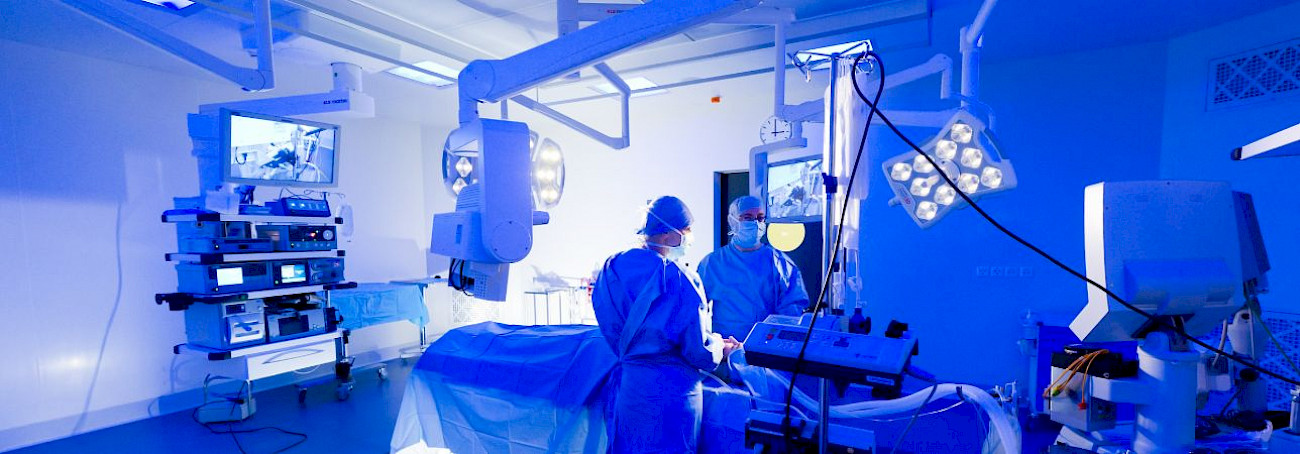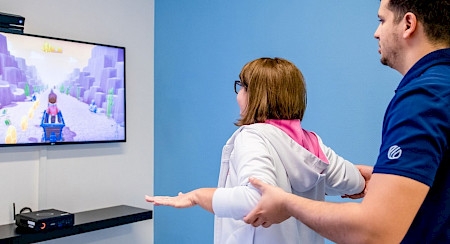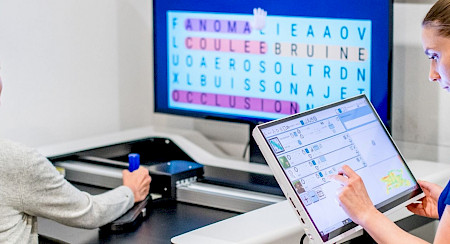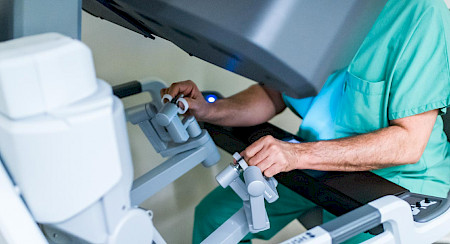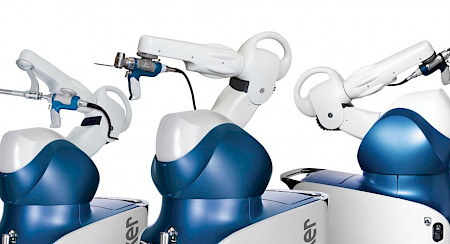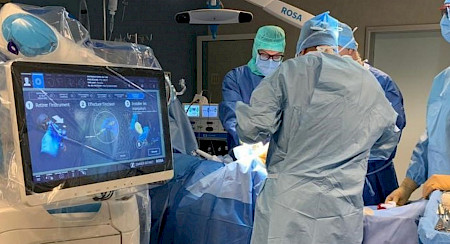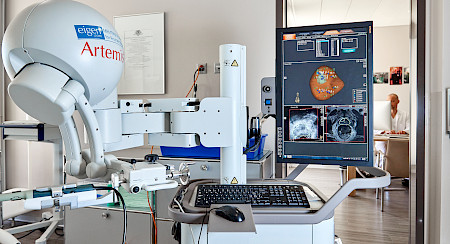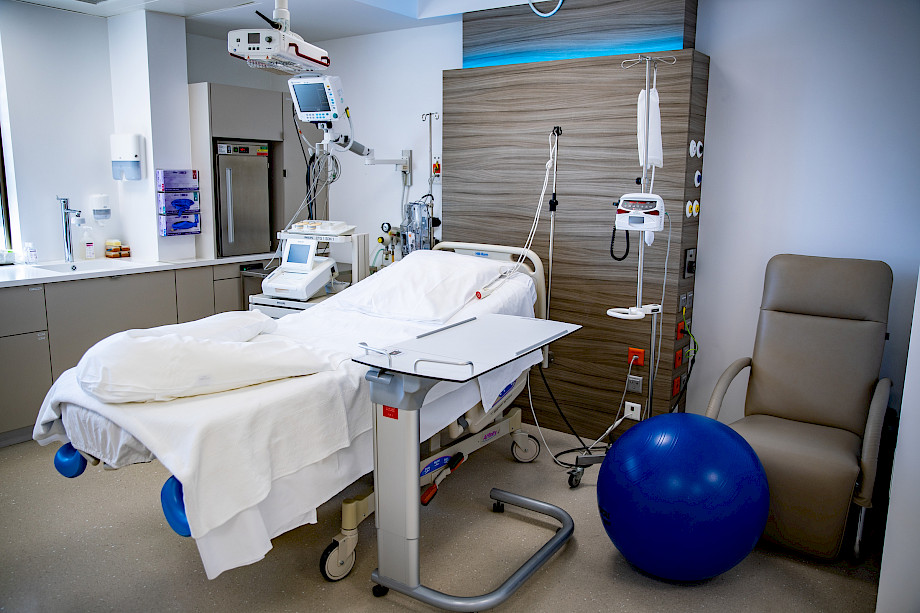Cyberknife
The CyberKnife® system is a stereotactic radiotherapy solution that can be used anywhere on the body (stereotactic body radiation therapy or SBRT), meaning that high doses of radiation can be delivered with a degree of precision in the sub-millimetre range, i.e. less than the thickness of a five-pence coin.
Unlike in conventional radiotherapy, the radiation head in the CyberKnife system (known as a linear accelerator) is mounted on a robotic arm, which ensures full mobility and allows the tumour to be irradiated from different directions. This flexibility makes it possible to deliver high doses of radiation to the tumour with extreme precision, regardless of where it is located in the body.
The CyberKnife system also uses real-time imaging in order to precisely target and continually adjust the area to be irradiated. The robotic arm corrects for even the slightest movement of the patient or tumour, for example as a result of breathing in the case of lung tumours.
This allows moving tumours to be targeted with the utmost precision, whilst the patient reclines comfortably on the treatment table and breathes normally.
